Overview
Kitibham, also known as Lichen Planus, is a chronic inflammatory skin disorder. It manifests as itchy, flat-topped, reddish-purple bumps on the skin that may exhibit a distinctive lacy white pattern called Wickham’s striae. The condition can affect various body parts, including the skin, mucous membranes, hair, and nails. Symptoms include skin lesions, intense itching, mucosal involvement, and nail changes. The exact cause of Kitibham is unknown, but it is believed to involve an abnormal immune response. Diagnosis is typically based on clinical examination and may require a skin biopsy for confirmation. Treatment aims to alleviate symptoms and may involve topical or oral medications, phototherapy, or immunosuppressive drugs.
Symptoms
Kitibham, or Lichen Planus, presents with characteristic symptoms that include itchy, flat-topped, reddish-purple bumps on the skin. These bumps often exhibit a lacy white pattern called Wickham’s striae. The lesions can appear on various body parts, such as the wrists, ankles, lower back, and genitals. Additionally, Lichen Planus may involve mucous membranes, causing symptoms such as white patches or sores in the mouth or genital area. Some individuals may also experience nail changes, such as ridges, grooves, or nail thinning. The intense itching associated with Kitibham can significantly impact a person’s quality of life.
Risk Factors
Risk factors may include certain medications, infections, and autoimmune conditions.
Types
Different types of Lichen Planus exist, including cutaneous, oral, genital, and nail variants.
Causes
The exact cause of Kitibham is still unknown. However, it is believed to involve an abnormal immune response. Factors such as genetic predisposition, certain medications (such as nonsteroidal anti-inflammatory drugs and antimalarials), infections (such as hepatitis C), and certain autoimmune conditions may contribute to the development of Lichen Planus. Emotional stress and allergies have also been suggested as possible triggers. However, further research is needed to fully understand the underlying causes of this condition and its complex interactions with the immune system.
Diagnosis & Treatment
The Ayurvedic approach to Kitibham is holistic, consisting of diet modifications, lifestyle changes, stress management, herbal medication, Ayurvedic therapies, Yoga asanas, pranayama, and meditation. All of these together can help the body get back to a state of balance. The approach is effective in a majority of patients.
Medicines for Ayurveda: Ayurveda has a rich tradition of plant pharmacotherapy with a great variety of herbs believed to reduce inflammation, remove impurities, and balance the doshas associated with Kitibham. In Ayurvedic treatment, the selection and dosage of medicines are specific to the patient and depend on which doshas are out of balance.
Ayurvedic Therapies: Panchakarma, the traditional treatment system to balance doshas, involves five therapies: therapeutic vomiting (Vamana), therapeutic purgation (Virechana), medicated enema (Vasti), nasal administration of medicines (Nasya), and blood purification (Rakta Mokshana). If the patient is strong enough to undergo such treatments, they can undergo the ones that are most suitable for them.
Ayurvedic treatment for Kitibham includes herbal medicines, medicated oil therapies, and analgesic pastes. Oil therapies increase joint mobility, relieve muscular spasm, and eliminate toxins. Therapies like abhyangam oleate the body, while pizhichil, potalis, or kizhis combine oleation and sudation techniques to improve joint flexibility, reduce pain and inflammation, and improve the patient’s daily life. Lepam or analgesic pastes are used to reduce pain, swelling, and inflammation at the site.
Special therapies for Kitibham may include Sthanika vasthis (oil pooling at affected areas) like Janu (knee) vasti, Pichu (putting oil-soaked cotton) at affected areas, Dhara (pouring warm oil) on affected areas, and Rasayana (rejuvenative medicines) to enhance healing and prevent further degeneration.
Diet: A light vegetarian diet is recommended, with avoidance of foods known to increase vata, such as gassy vegetables like potatoes and peas.
Lifestyle: Mild physical activities like slow walking and yoga are advised as the healing of the affected skin improves. Pranayama and meditation are advocated to improve calmness of mind and better pain management.
At Saranya, we believe in the application of Ayurvedic wisdom with a modern approach rooted in evidence-based practice. Medicines and therapies are tailored after individual consultation, listening, understanding the need, and analyzing the root cause. We incorporate different diagnostic methodologies to identify the root cause of Kitibham and plan unique customized treatment strategies to eliminate the causes.
We aim to restore the quality of life by relieving the hardships and pain experienced by those who suffer from Kitibham.
Reference Books: Charaka Samhita ,Sushruta Samhita,Ashtanga Hridaya

